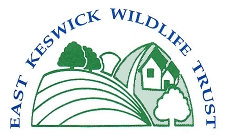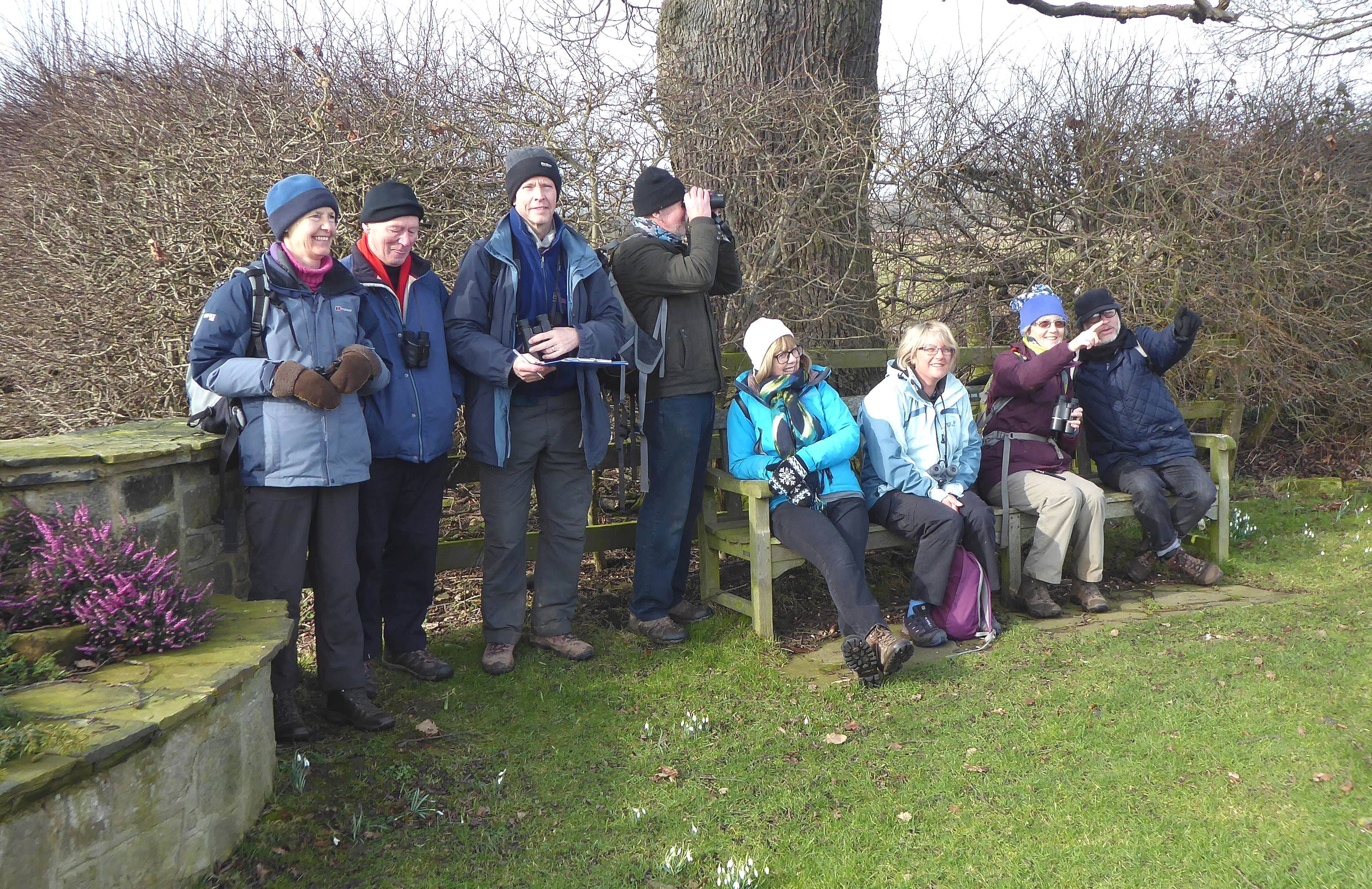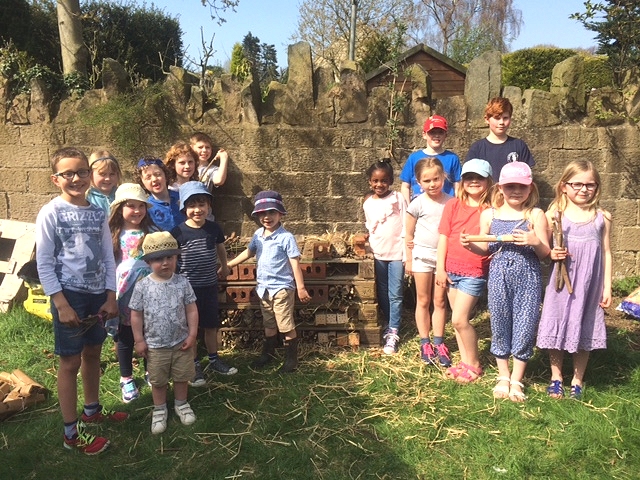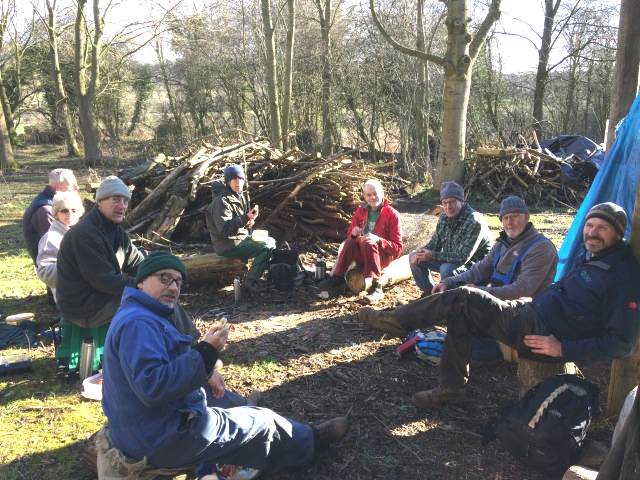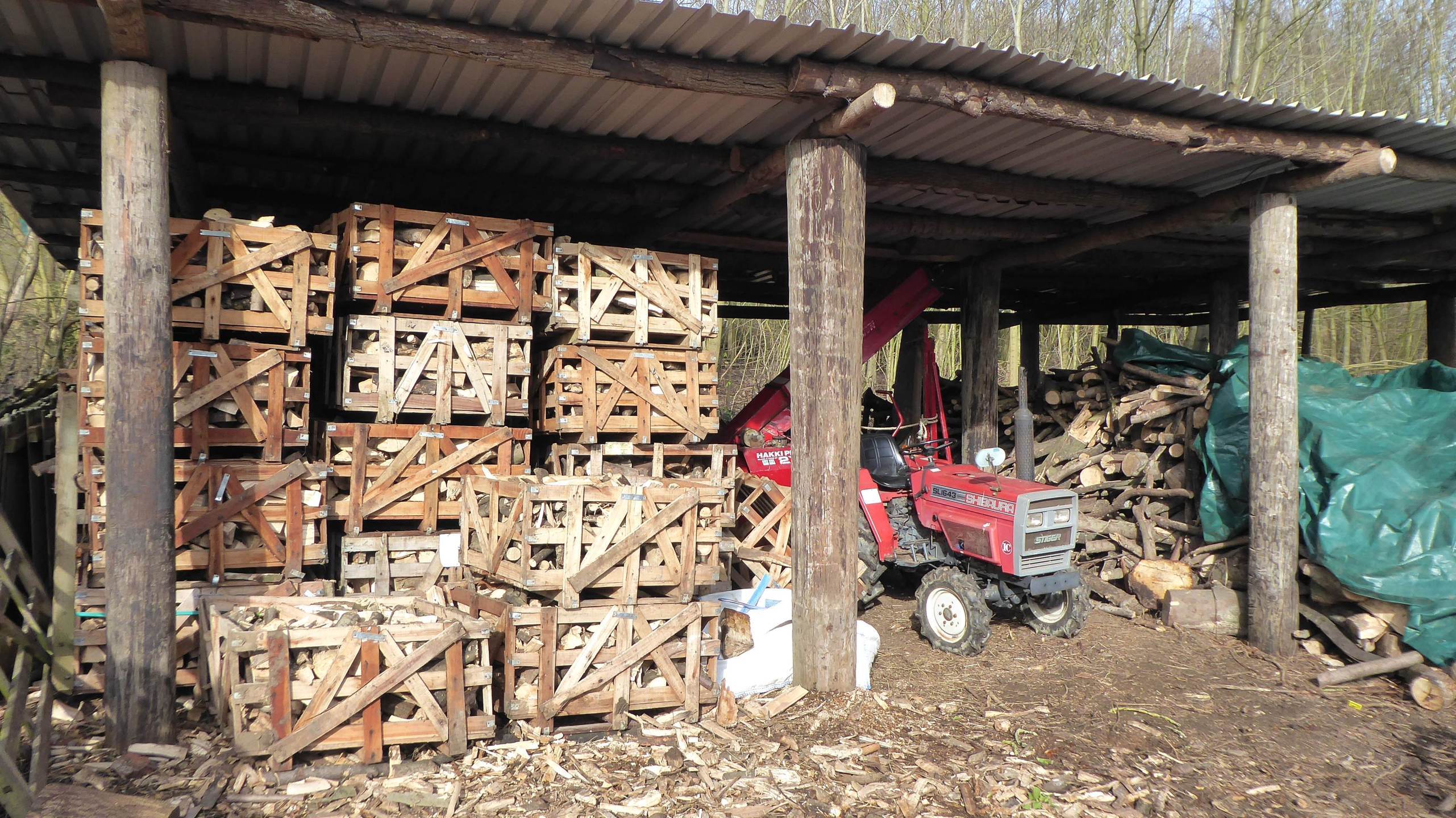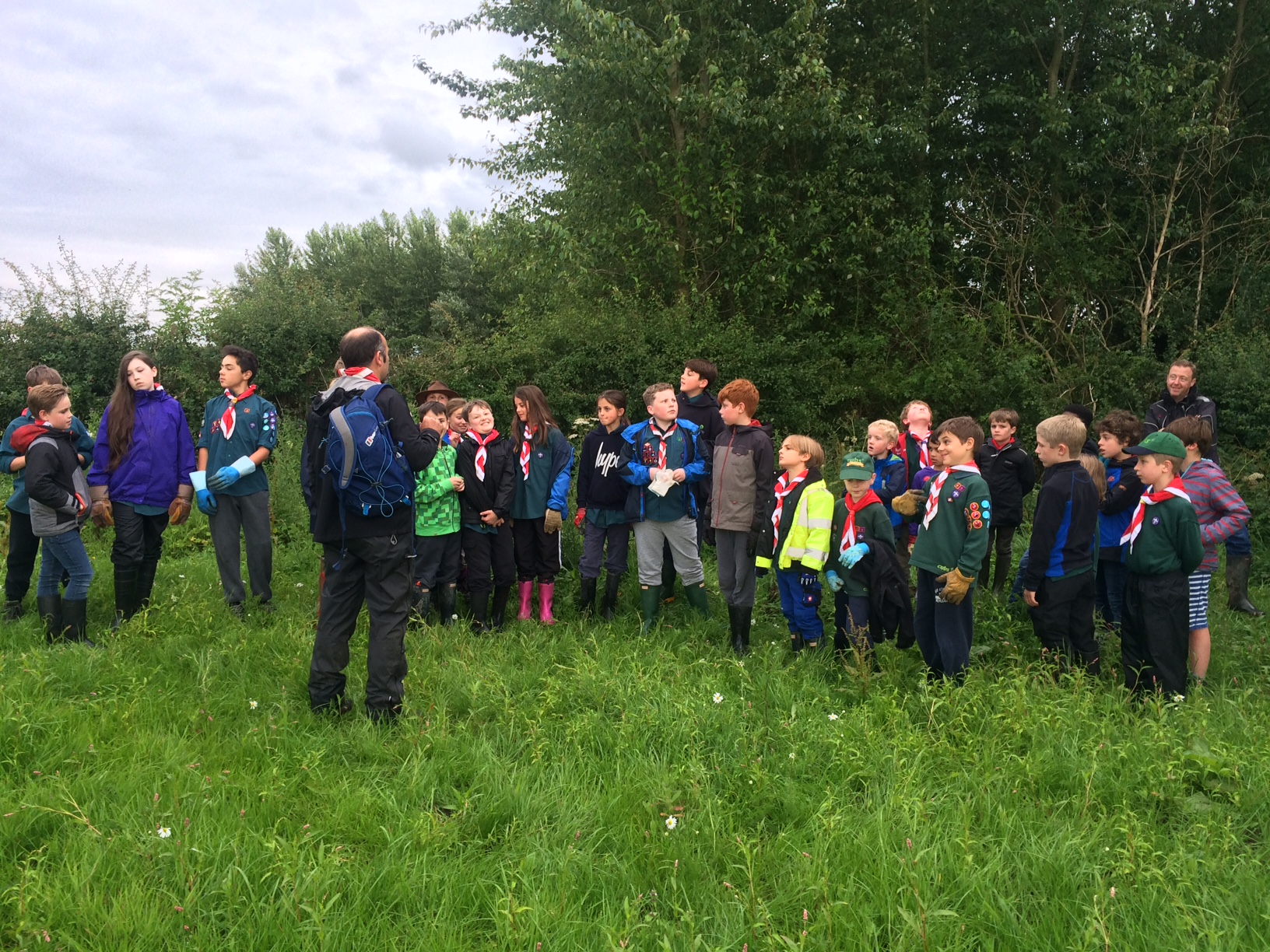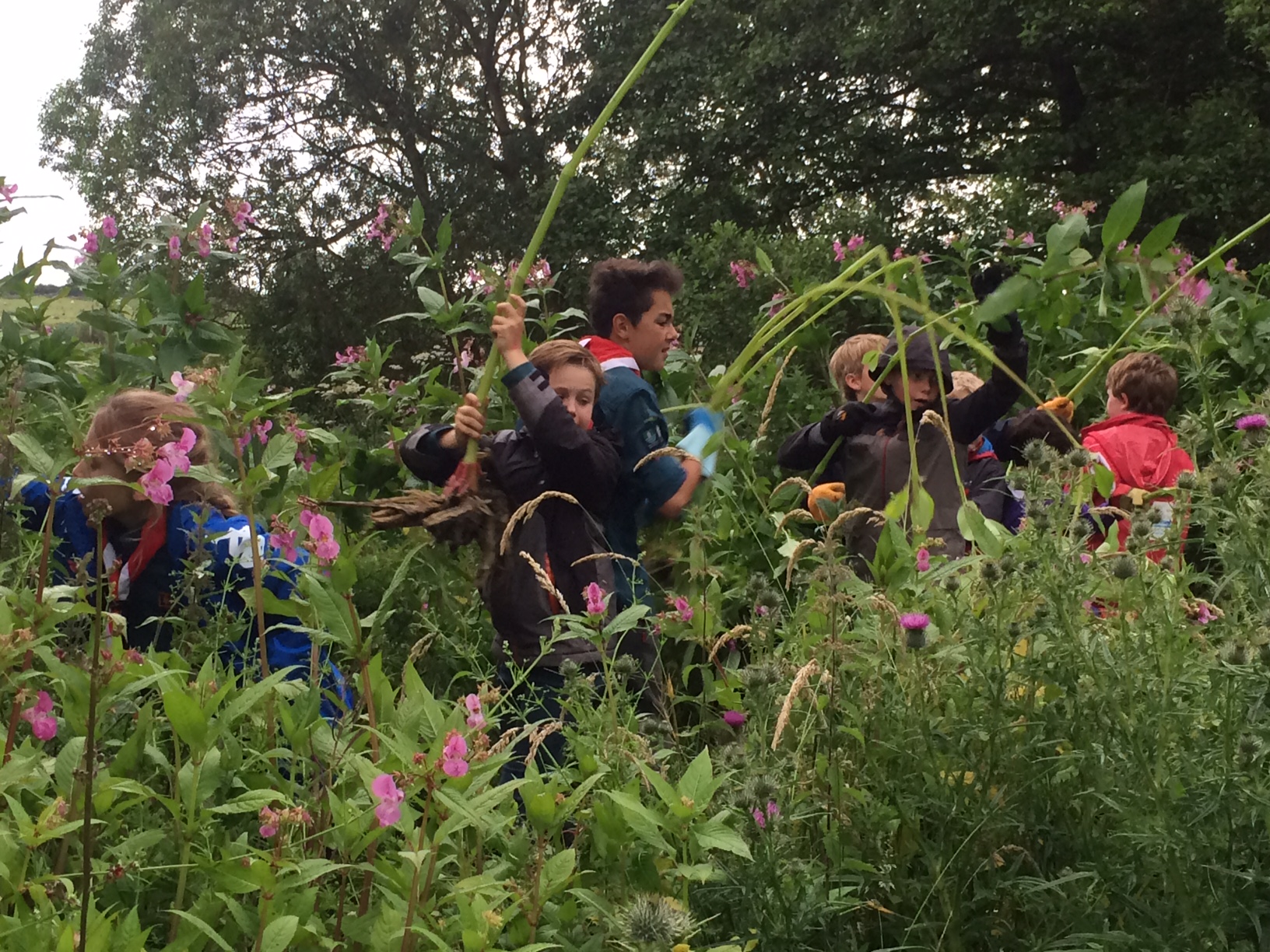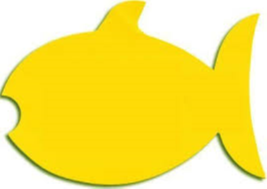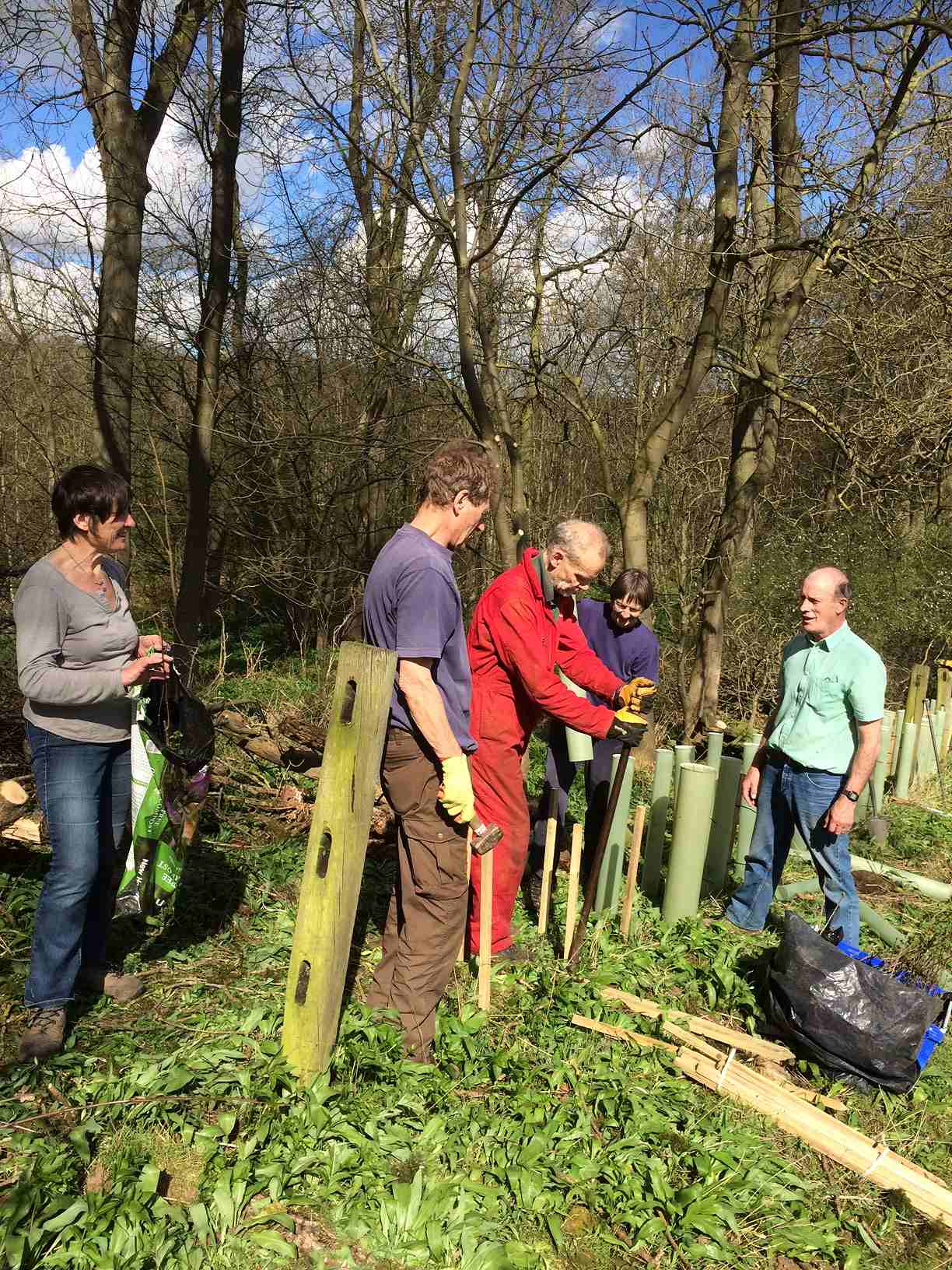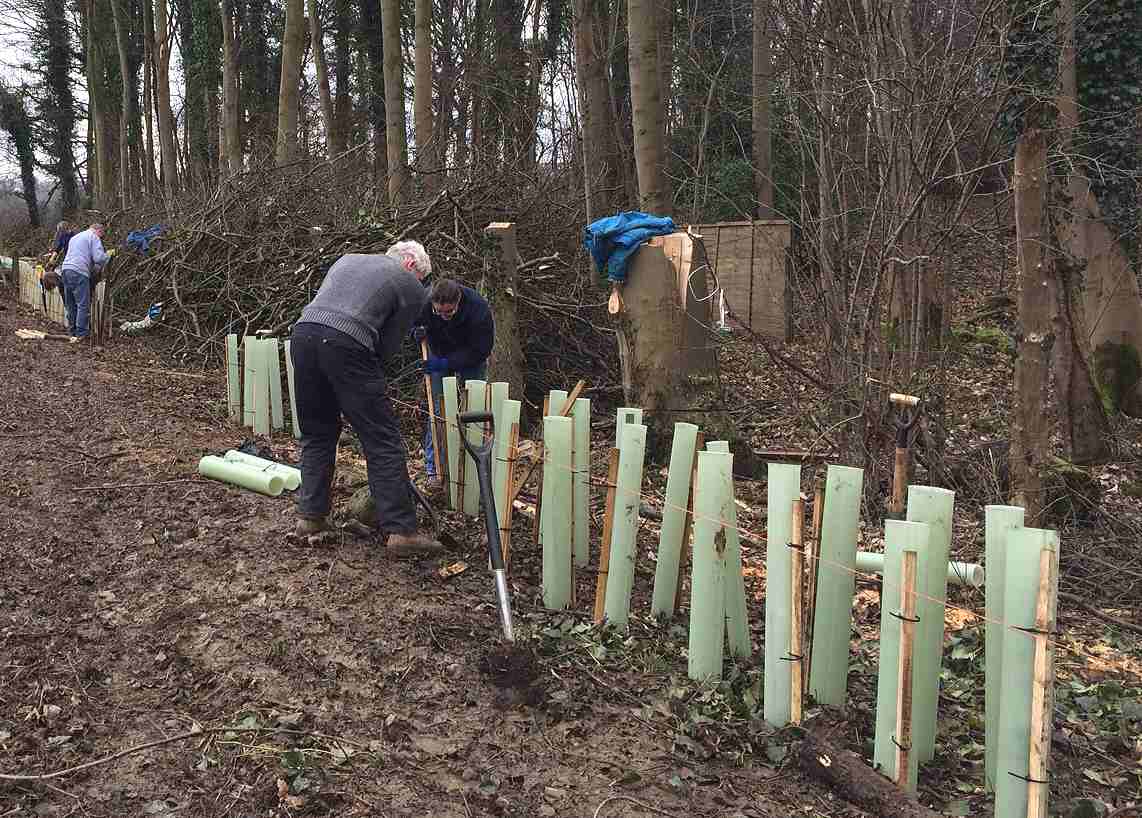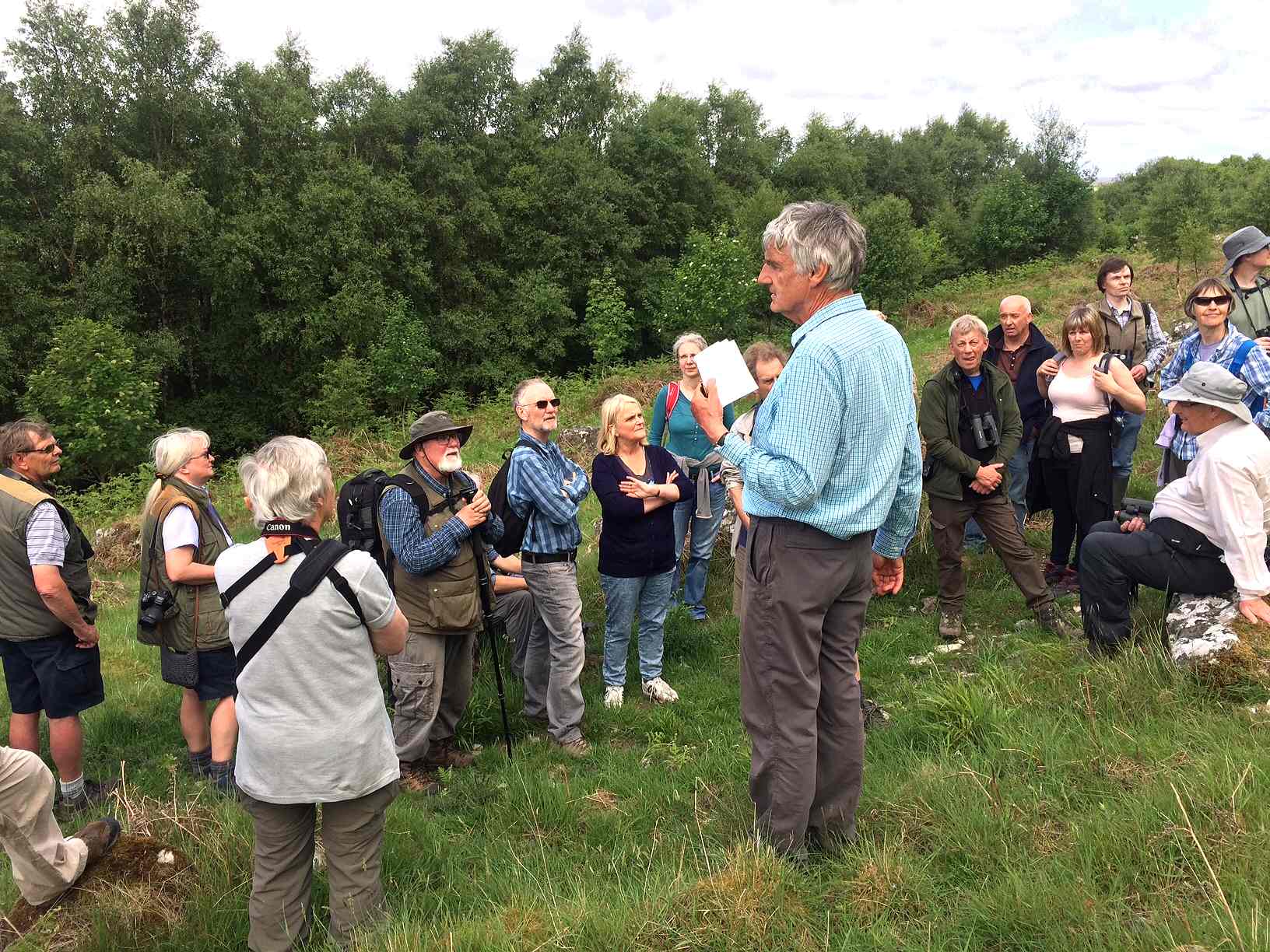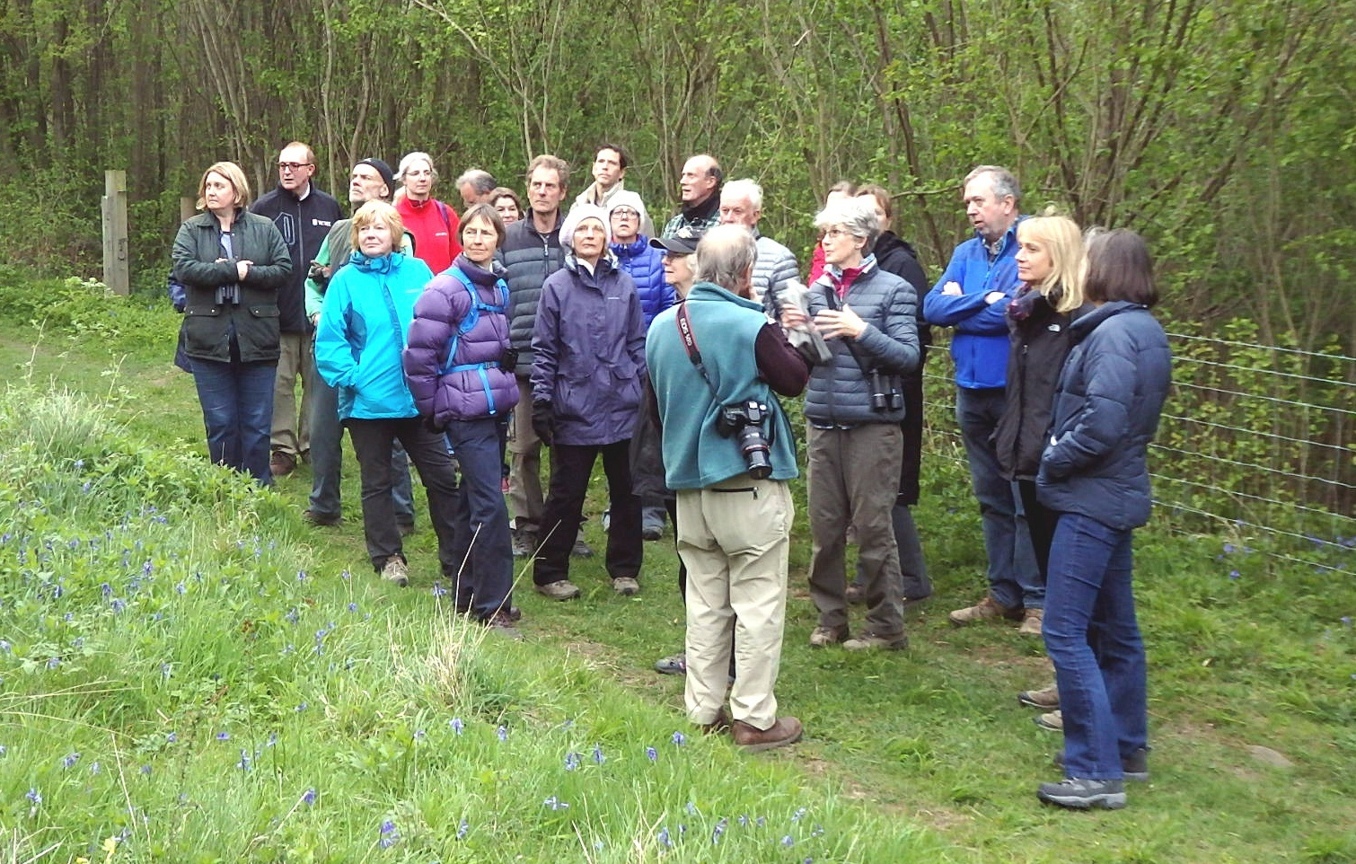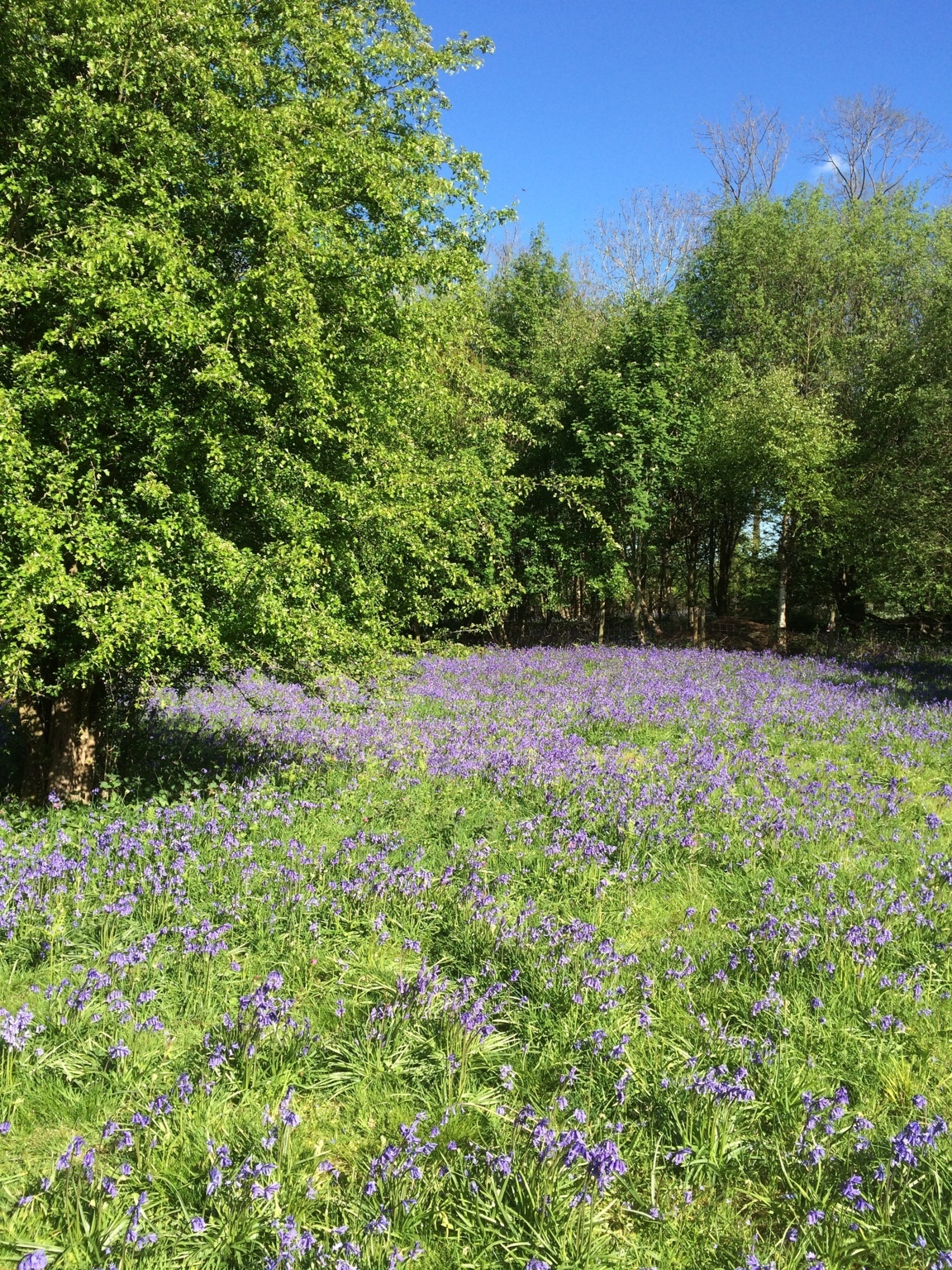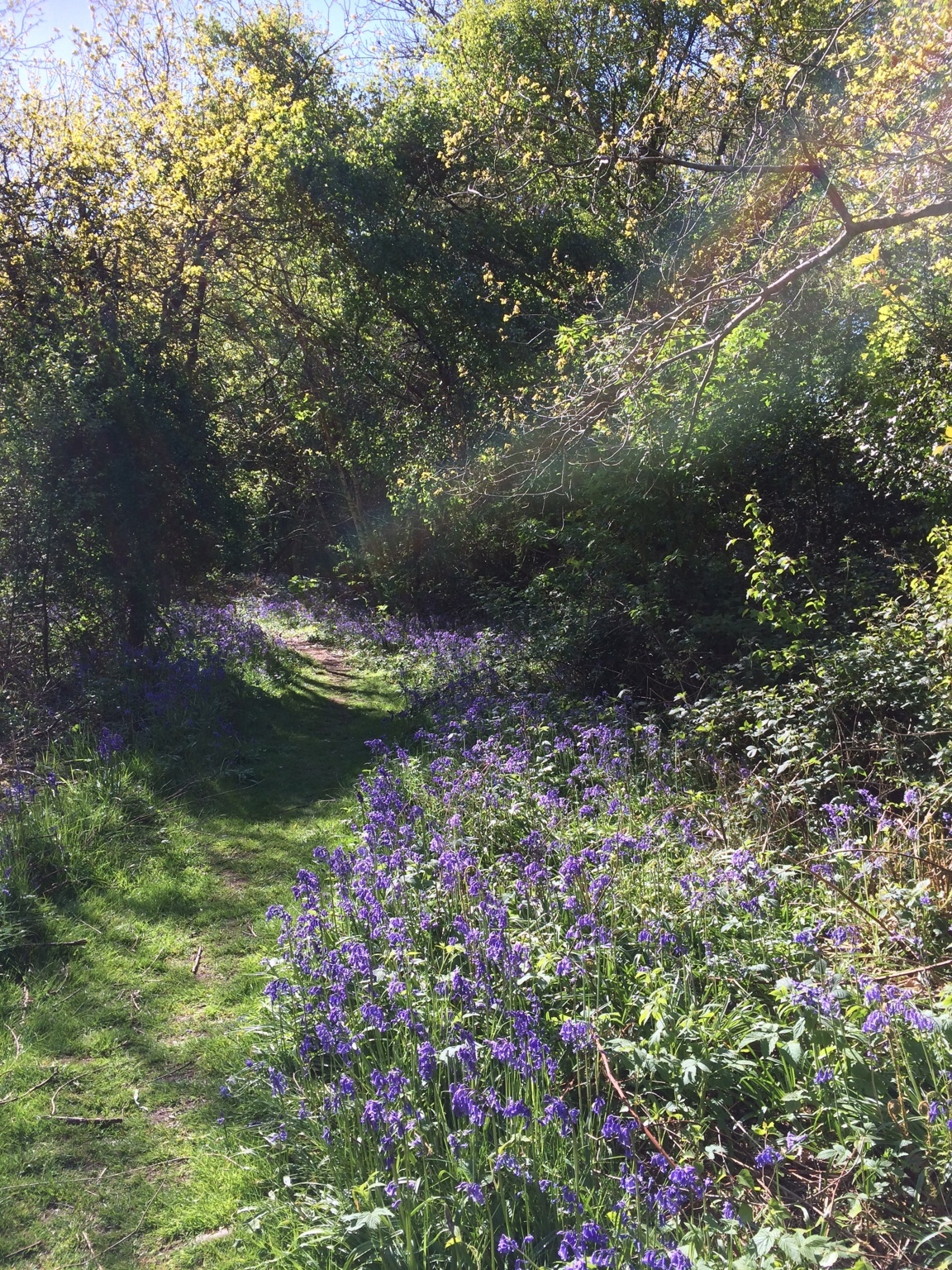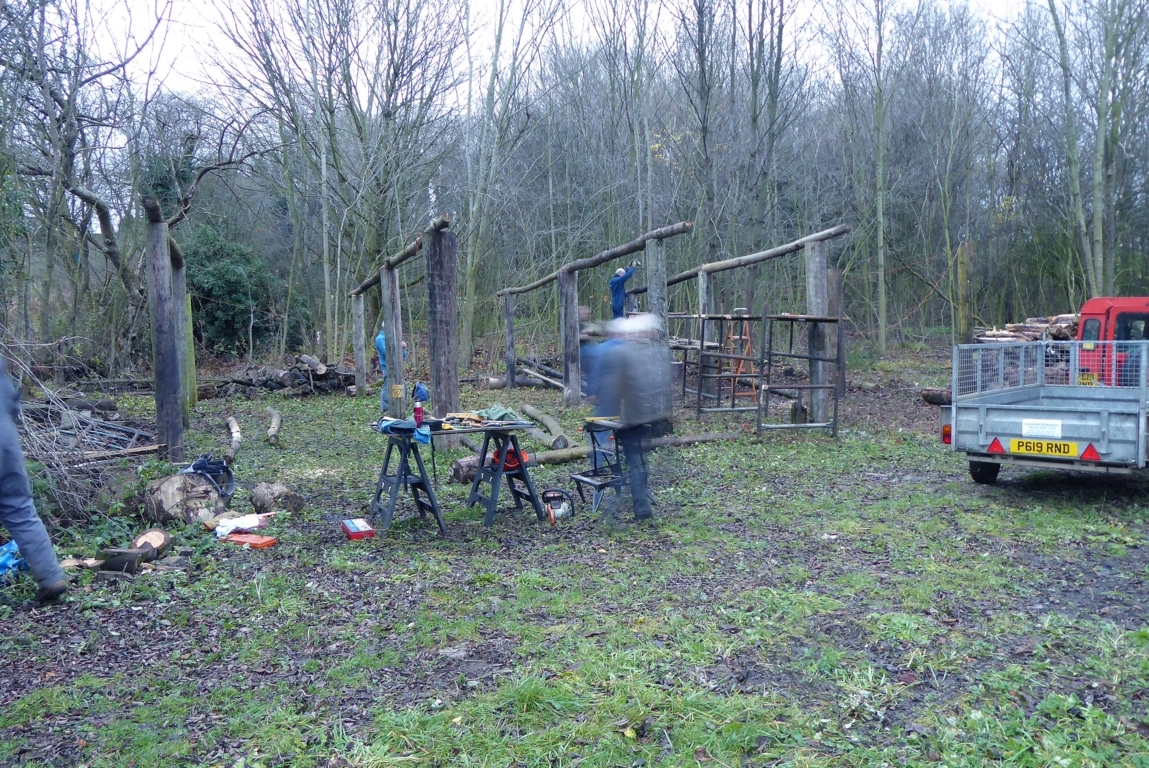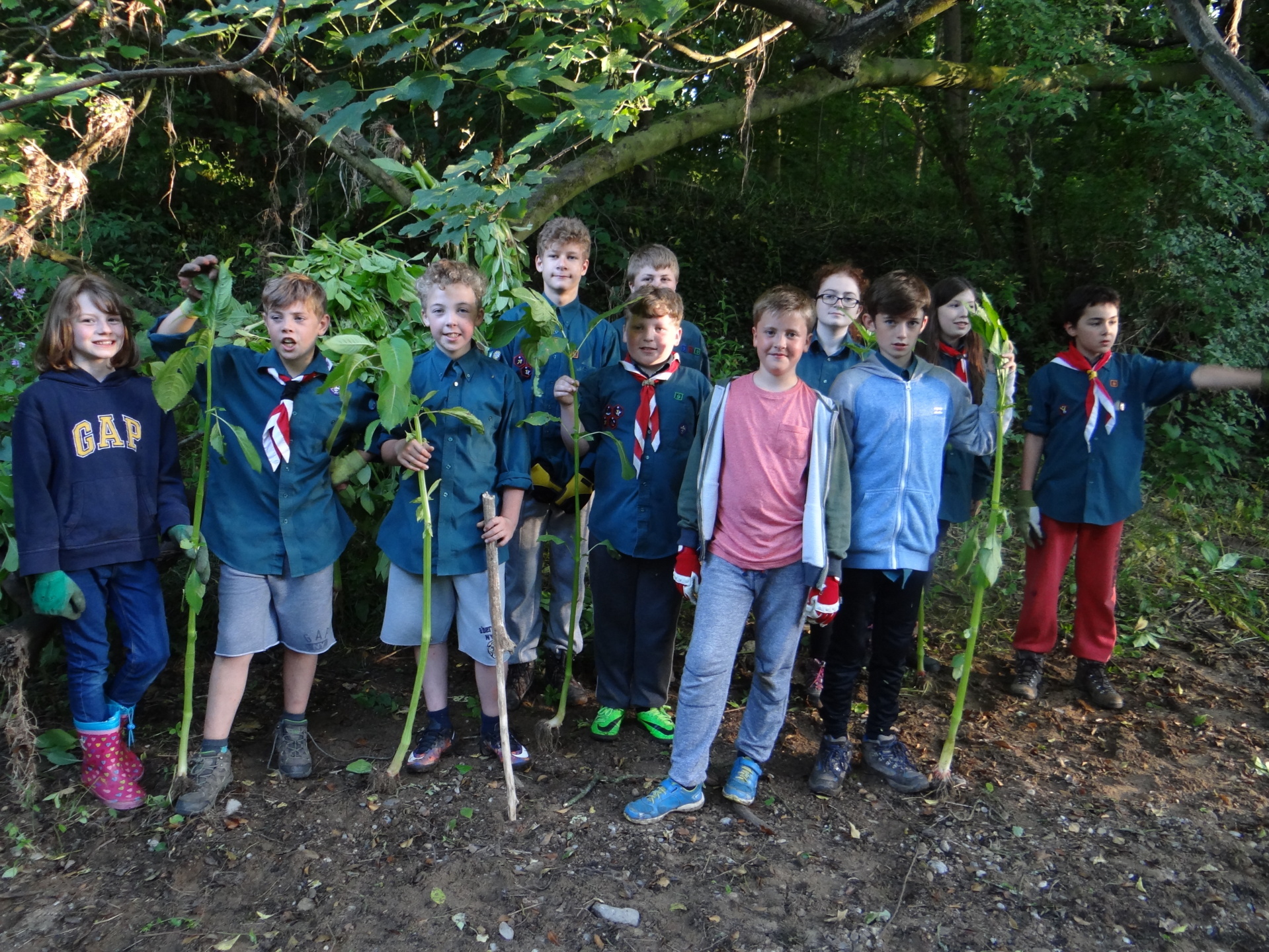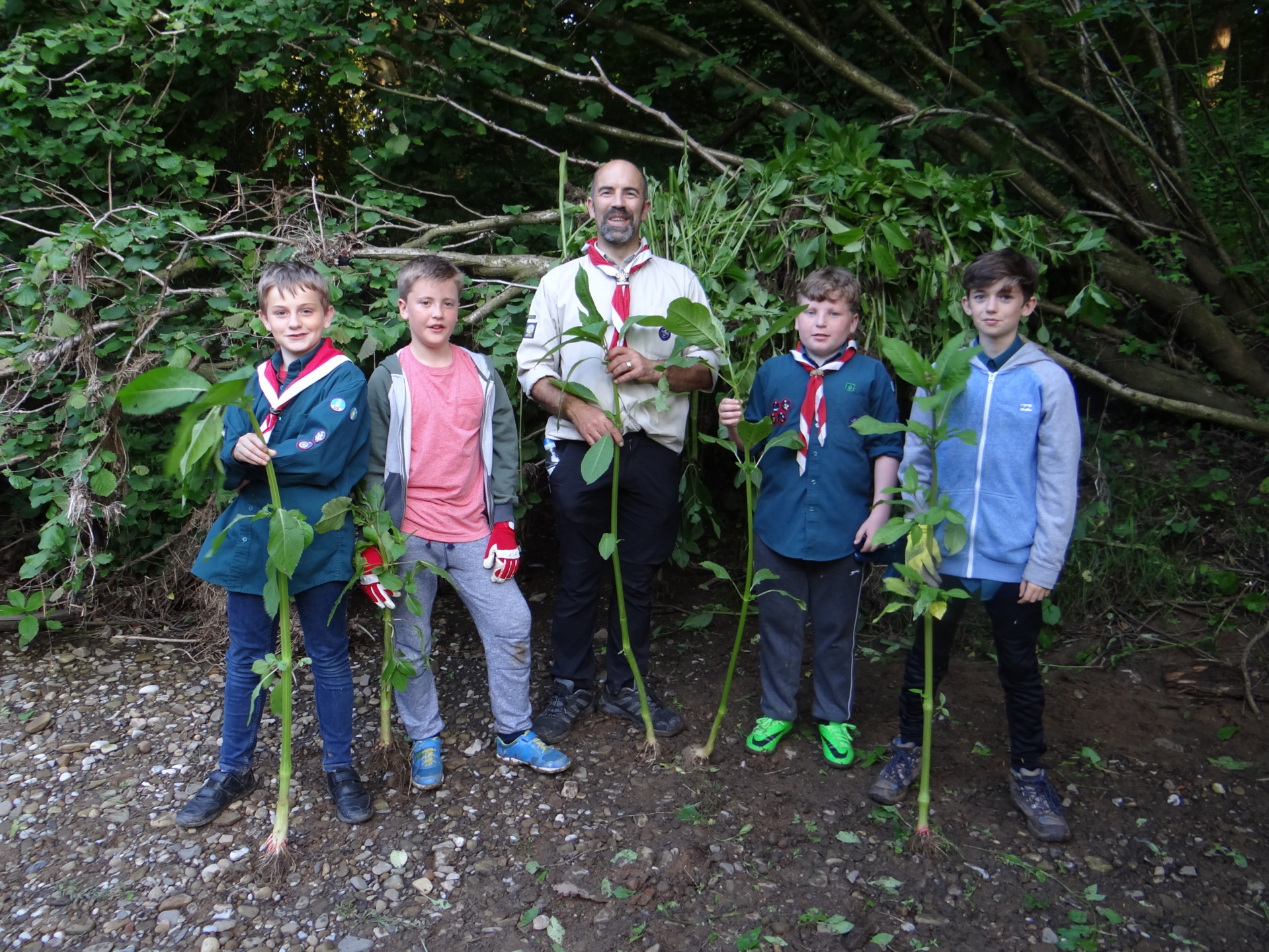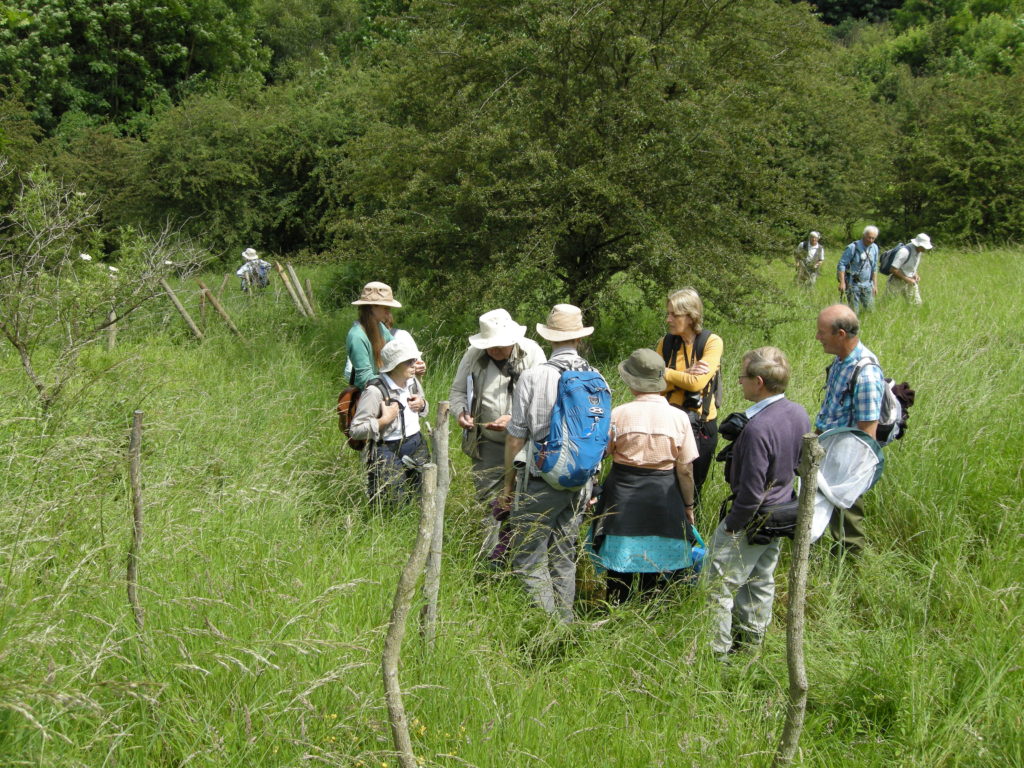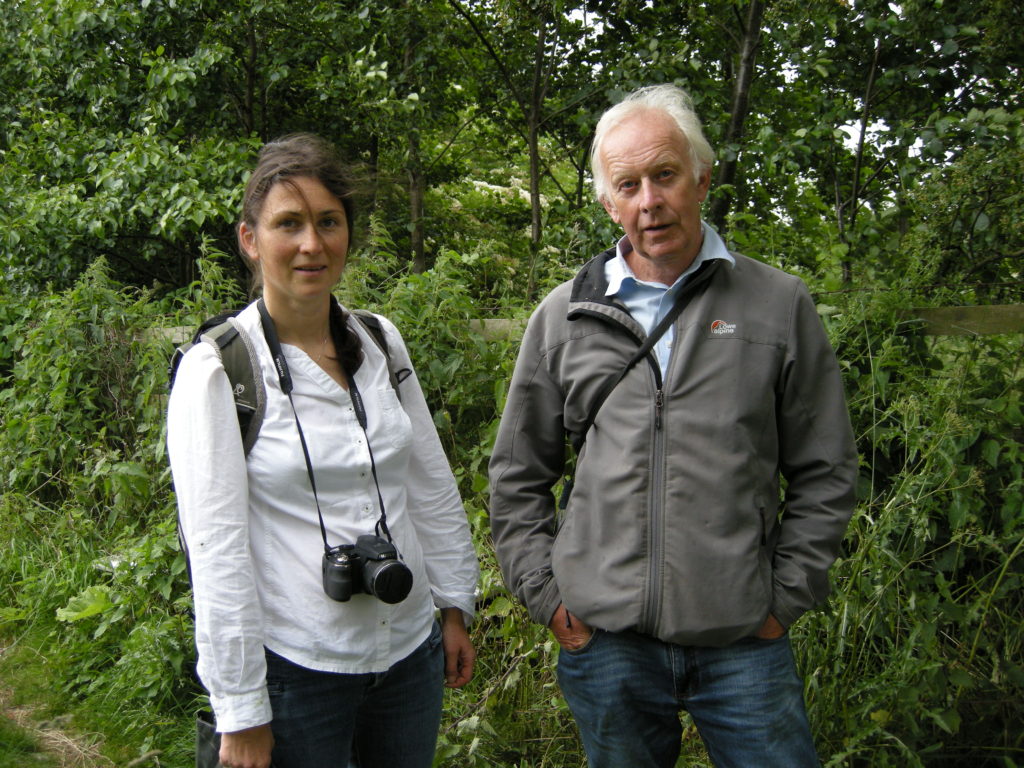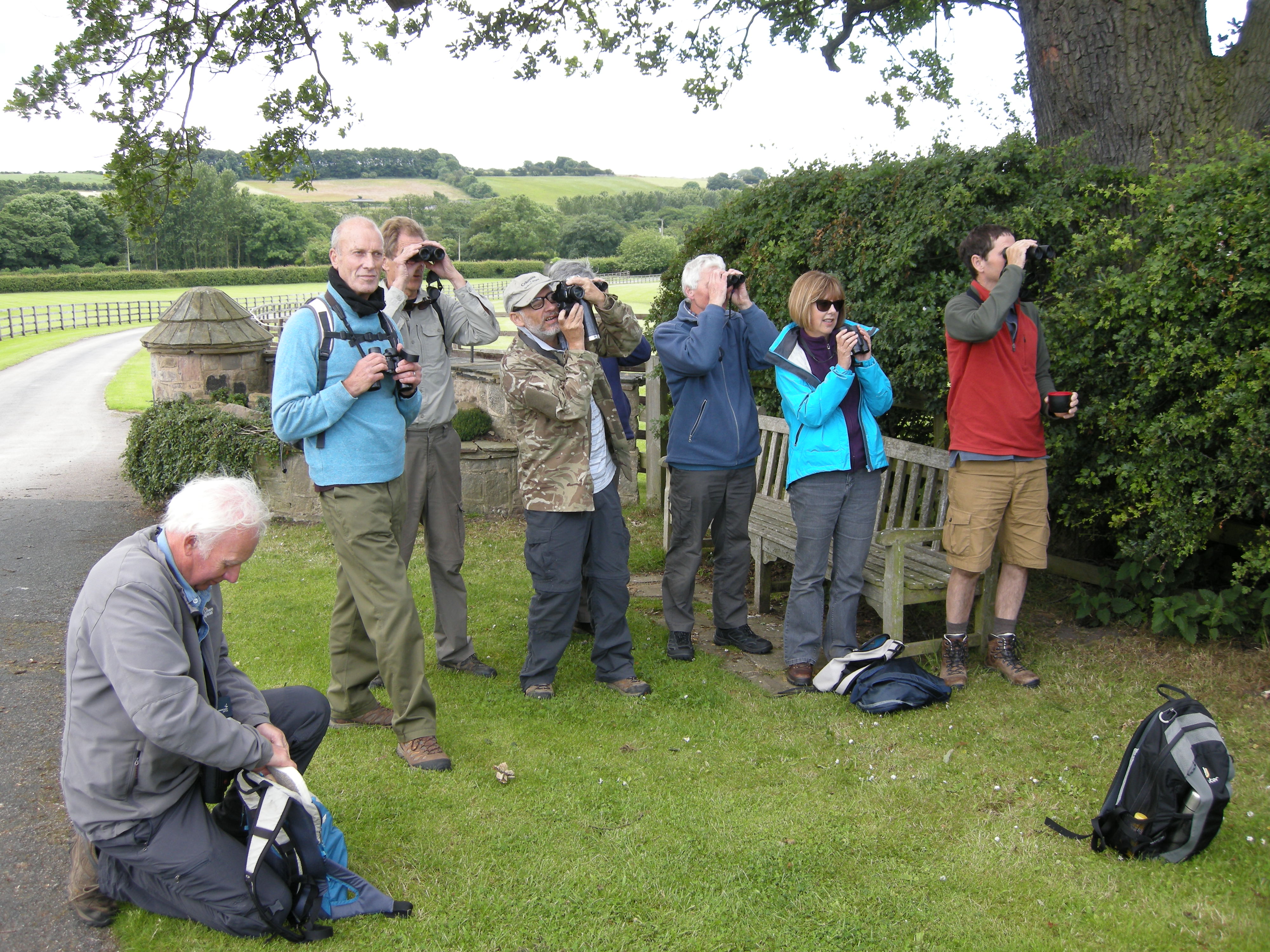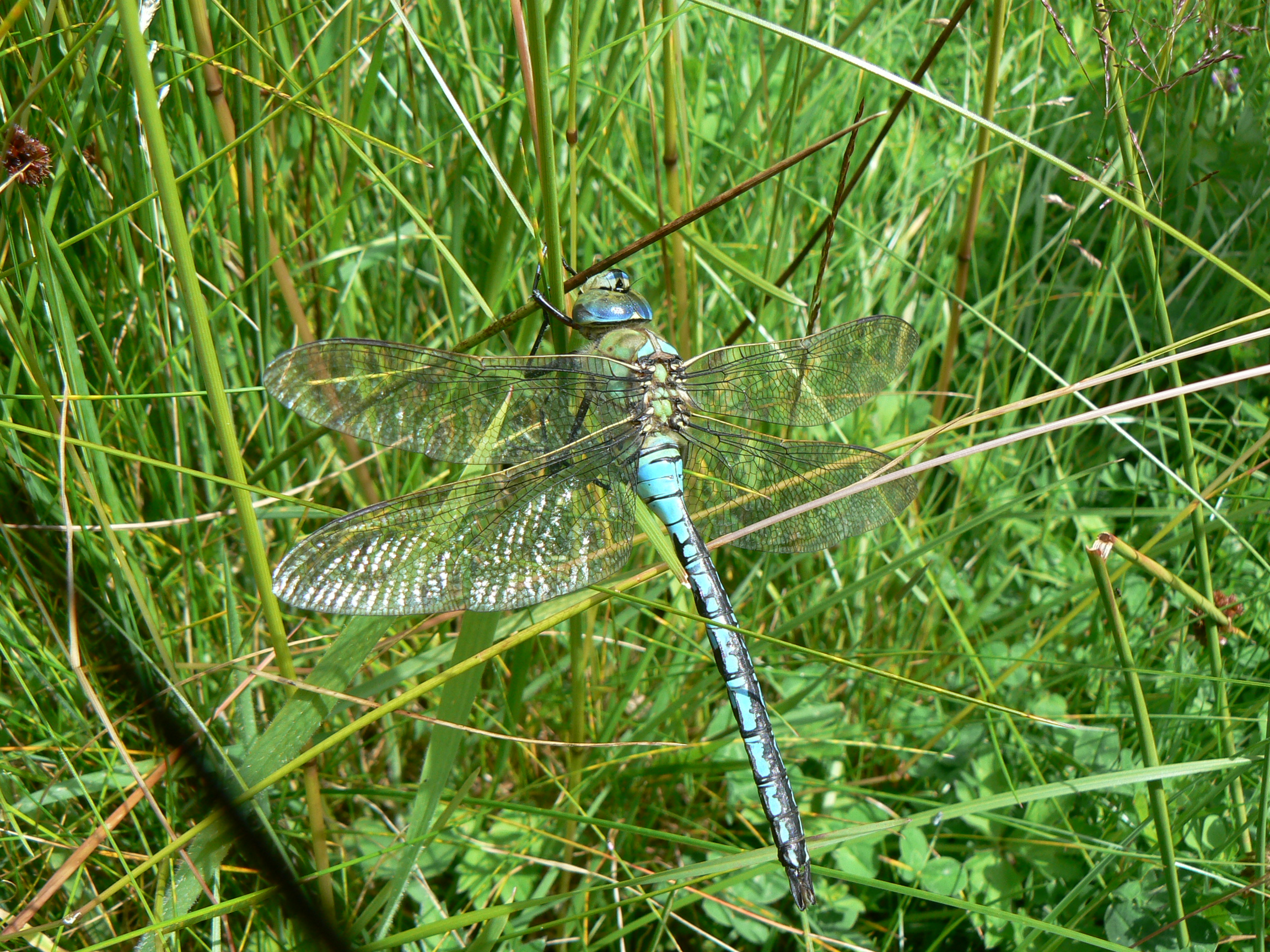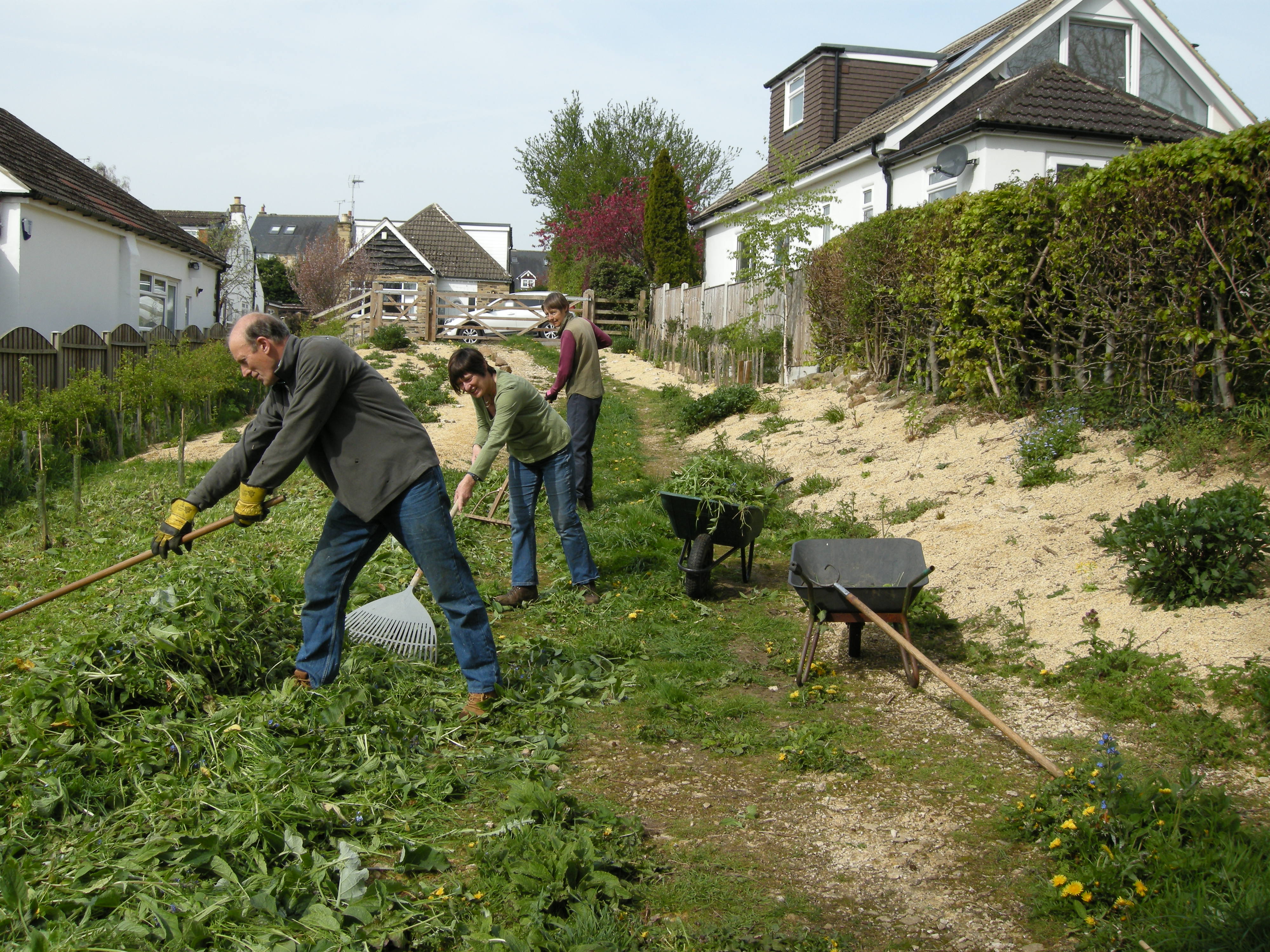On the 18th February we held our annual winter bird survey and recorded 53 species of birds. No Curlew or Lapwings were seen this year but new for the winter bird survey were Little Owl, Mute Swan and Blackcap. The Blackcap is usually regarded as a summer visitor but, with recent warmer winters, our local birds are able to remain in the area along with others that have migrated southwards from the north.
The RSPB’s State of Nature Report, 2016, states 56% of UK species are in decline. We have found that the built-up areas of our villages their gardens, hedgerows, trees and flowers provide valuable habitats for these declining species. In fact, our ten years of annual bird recording have shown that we have a good variety of bird species in the village. This is in contrast to the surrounding area’s intensively farmed land. Whilst some landowners are sympathetic, modern farming practices provide little in the way of suitable habitat, food or shelter.
Our Summer Bird Survey is on 17th June. Please join us. Check out the Upcoming Events box above.
